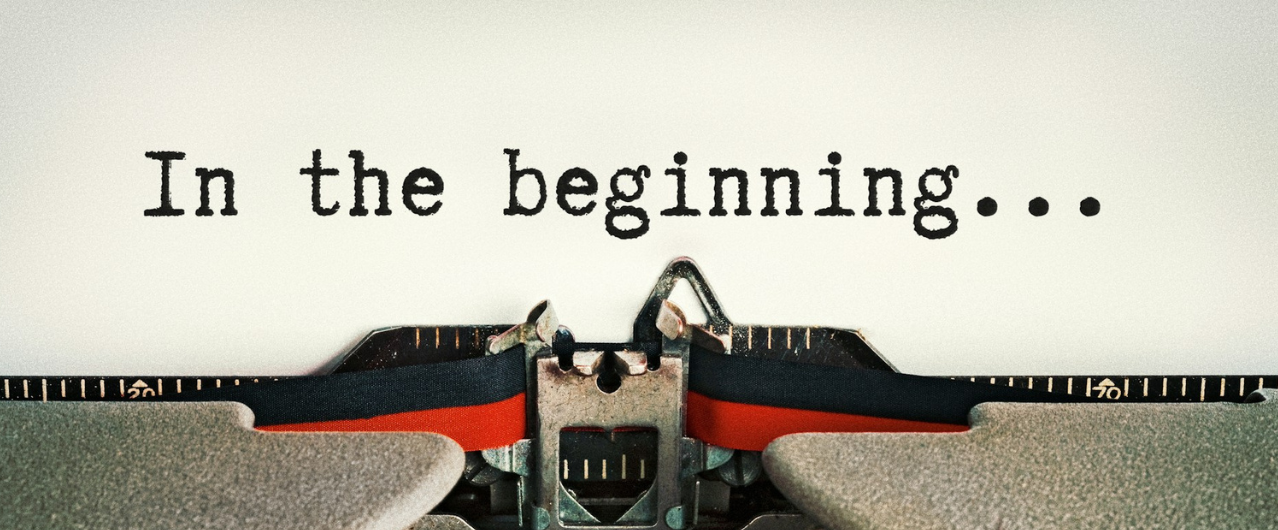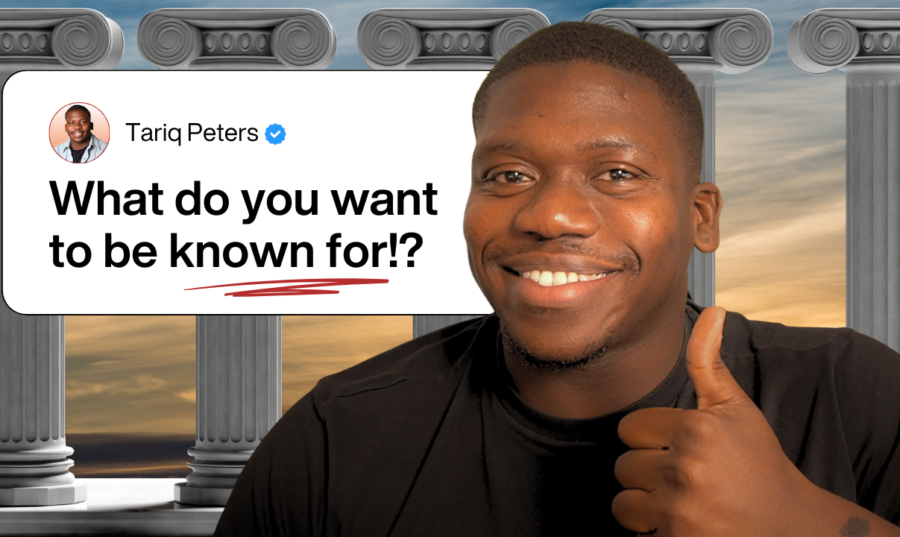You were someone before you became this version of you. Don’t hide that part.
It’s tempting to only show the highlight reel, the polished LinkedIn bio, the confident brand shoot and the professional wins. But the most powerful thing you can do to earn trust isn’t presenting a flawless version of yourself. It’s showing who you were before you became the expert.
People trust transformation. They trust growth. They trust proof that you’ve been through something, learned from it and made it out better on the other side.
That’s why, as far as your personal brand is concerned, your before-and-after story matters more than your credentials.
Your Audience Is Not Buying Perfection. They’re Buying Your Transformation
People are tired of the polished, impossible-to-relate-to online personas. Especially if they’re in the early stages of their own journey. If you’re positioning yourself as a guide, a mentor or someone worth listening to, they need to know one thing first: have you been where I am now?
That moment where your before mirrors their present? That’s where trust is built.
Think about it. What feels more compelling?
“I help people develop their personal brand”
Or
“Last year, I walked away from a job that drained me. The next day, I jumped out of a plane at 10,000ft. That’s when I promised myself I’d stop living scared. Since then, I’ve rebuilt from scratch, sharing the stories I used to hide. Now I help founders do the same: find their voice, own their story and build brands that cut through the noise and convert.”
See the difference?
The transformation is the proof. And the before is what creates a connection.
Your “Before” Doesn’t Need to Be Dramatic. It Just Needs to Be Honest
You don’t need a rock-bottom story to earn trust. You just need truth.
Maybe your “before” was:
- Feeling invisible in rooms you knew you belonged in
- Pitching yourself and hearing silence for months
- Posting content and getting zero engagement
- Not charging what you were worth because you weren’t sure anyone would pay it
Then things shifted.
Not overnight. Not perfectly. But clearly.
You started showing up. You refined your message. You learned to back yourself. You got results.
That’s the story. That’s the arc. That’s what helps people see themselves in you. And once they can do that, you’re no longer just another expert shouting online. You’re proof. You’re relatable. You’re credible.
Every single one of us has an arc; it’s about establishing exactly what that arc is and using it as the start of the transformation story.
If You Don’t Tell That Story, Someone Else Will Write It for You
One of the biggest mistakes I see? People are building personal brands as if they were marketing a company.
You are not a product. You’re a person. And your story is the shortcut to trust. It makes everything else easier, from making sales, speaking gigs, media coverage and strategic partnerships.
I’ve seen it time and time again. The moment someone shares their transformation story clearly and confidently, they stop chasing credibility. It starts coming to them.
People want to know:
- Who you were
- What changed
- Who you are now
- And how that helps them
It’s not about being self-indulgent or ego-driven. It’s about being generous with the truth.
How to Tell Your Transformation Story without Overthinking It
Here’s a simple prompt to work with:
“I used to be [insert your before]. Then [insert the turning point or realisation]. Now I help [who you serve] by [what you do or the result you get].”
You can go deeper from there. Add a few specific moments or learnings. But don’t clutter it with too much. Keep it sharp. Keep it clean. Keep it real.
You’re not writing a memoir. You’re giving your audience a reason to believe in you fast.
Also, the before and after isn’t just about results. It’s about emotion.
What did you feel in the before?
What do you feel now?
That emotional shift is just as important as the outcome. It’s the part people remember. It’s the part they come back for.
What This Looks Like in Practice
If you want to bring this to life in your own brand, here’s what to keep in mind:
- Don’t over-polish your story
Share the awkward truth, not the marketing-friendly version. It’s more powerful than you think. - Include small wins
You don’t need to hit six figures or have 10k followers. Talk about the win that mattered to you. the first pitch you sent, the first offer you said no to, the first DM that turned into a real lead. - Use it everywhere
Your “before and after” story isn’t just for your ‘About Me’ page. Use it on LinkedIn, in pitches and at networking events. It should be your go-to way of giving people an insight into your world because it works. - Update your story as you grow
Your brand evolves, so should your story. Don’t be afraid to show new ‘afters’ as you hit new milestones.
Moving Forward
You don’t earn trust by being perfect. You earn it by being true. So, stop hiding the parts of your story that make you real. Those are the pieces that create an emotional connection. Those are the moments that stick.
Your “before and after” isn’t a weakness. It’s the foundation of you that needs to be championed.
See you next week!



